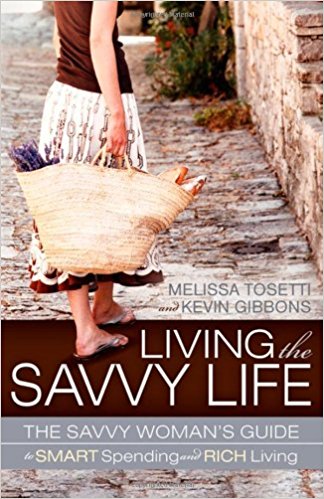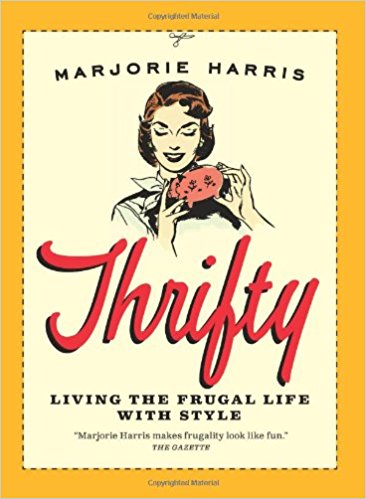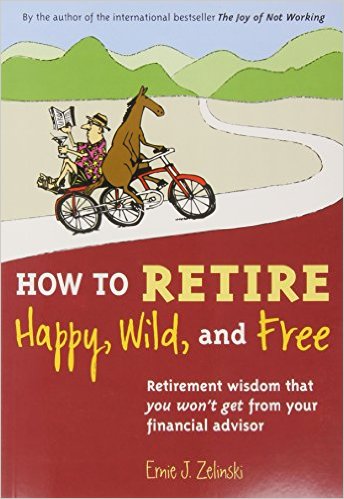Here are 75 little ways to spend less money on food in 2020.
- Shop your pantry. By “pantry” we also mean your fridge and freezer here. Always look to see what you already have before you go shopping. This way, you won’t buy something you don’t need, and you can also use this info to inform what you’ll make for the week (more on that later).
- Take pictures of your fridge/freezer/pantry. If you’re one of those people who can never remember if you have, say, milk, chicken breasts, or canned chickpeas, it may be worth snapping a few photos of your fridge or pantry before you head to the store. You can use the pics as reference while you’re in the store.
- Or, at the very least, keep a freezer inventory. Does a mini photo shoot seem like overkill? (It’s not, but we get it!) At the very least, just keep a running inventory of what’s in your freezer. Here’s how to do it.
- Meal plan. Use your freezer inventory and the info you got from taking stock of what you have to plan your menu for the week. Put what you have to good use instead of running out to buy new stuff.
- Meal prep. Chop and roast your veggies, cook your chicken, and hard-boil your eggs in advance — like on a Sunday — and then things will be ready when you want them. If everything is prepped, you’ll be less likely to panic and order takeout on a hectic night and then nothing will go to waste.
- Take a day or two off. When you meal plan, though, make sure you plan for a night off here and there. If last-minute plans pop up, you can join in without wasting food.
- See what’s on sale. This is pretty obvious but needs to be said.
- Buy (selectively) in bulk. Whether or not you’re shopping at Costco, you can probably find bulk packages of lots of the things on your list. If you can reasonably use up (or freeze) everything in a pack, it usually makes sense to go with the bulk option.
- Cook in bulk. Make a giant casserole! Or double the recipe for a batch of chili! If you have food ready to go, you’ll be less tempted to overspend on takeout.
- Stop wasting leftovers. Don’t put food in the fridge/freezer and leave it for dead. Label and date everything and then actually go back to look to see what you have. If your family isn’t interested in eating leftovers, you may need to get creative with how you reuse them. For example, leftover chicken can get chopped up and put into tacos!
- Get better food storage containers. If freezer burn is an issue, you may need better containers. We like these cheap-o plastic ones and these glass containers.
- Check the clearance sections. It’s true: Lots of grocery stores have clearance sections and they’re almost always worth checking out.
- Never shop while hungry. You’ve heard this one before. Everything looks/sounds good when you’re hungry. Eat up and THEN go shopping.
- Use a basket if you’re not there for a lot. Just running in for a few things? Use a basket so that you’re not tempted to get more items.
- Or use a basket AND a cart. If you have a big list and need a cart, consider also grabbing a basket. “I put a hand basket under the cart for items that I’d like but aren’t on the list,” says one of our readers. “After the essentials are scanned, it’s easy to add items (or not) based on how much cash I have left.”
- Try an all-cash system. Yes, cash! If you only have a set amount of cash to spend, it’ll be impossible to go over budget. Learn how to pull it off.
- Or use a credit card with good rewards. Cash isn’t for everyone, we get that. The good news is that lots of credit card companies offer decent rewards (like 5 percent cash back) when you use their cards on groceries.
- Sign up for the store loyalty card. Even if you shop at multiple stores, you probably have one or two main ones. Make sure you sign up for the (FREE!) loyalty cards, which will unlock special deals for you.
- And download your store’s app if they have one. Not all stores have apps, but many do. Look to see if your store does and download it. It’ll help you learn about sales and special deals.
- Clip coupons for the items you always buy.
- But not things you don’t. If you buy something you don’t usually buy, just because you found a $2 off coupon, you’re not ACTUALLY saving $2! You’re spending more money on something you weren’t going to buy.
- Download the Ibotta app. This free app turns grocery shopping into a game. And it’ll give you cash back for buying things. Learn more here.
- Read the fine print on the sales. Just because something is on sale, 10 for $10, that doesn’t mean you have buy 10. Read the fine print on the shelf tag; you may be able to get as many as you want at $1 each.
- Don’t be afraid to go with the generic option. People have been saying this forever, but it’s ESPECIALLY true now that stores’ private-label brands are getting better and better. (Looking at you, Kirkland Signature and Good & Gather!)
- Make your own baked goods. “Baked goods have the highest markup of nearly any other item in the grocery store, sometimes as high as 300 percent,” says financial expert Andrea Woroch. You’re better off baking something from scratch yourself or even from a boxed mix if time is tight.
- And have dessert at home. Similarly, if you’re going out to eat, plan on inviting everyone back to your house to have dessert at home.
- BYOB. Even if you’re headed to a restaurant that has a corkage fee, it’ll still be cheaper than if you ordered two $9 glasses of wine. Try to pick BYO restaurants if you can.
- Make your own coffee. You’ve heard this one before. But you’ll spend pennies on the dollar if you make your own coffee and kick your expensive barista visits.
- Buy produce from the freezer section. Fact: Frozen fruits and veggies cost 20 to 30 percent less than their fresh versions. Beyond produce, freezer sections have all sorts of great meal starters, sides, and mains these days!
- Try the canned stuff. Additionally, don’t be so quick to pass by the canned veggies. They’re just as nutritious as the fresh options.
- Ask to try things. Employees are usually happy to open packages to give you a sample of something. (Within reason.) Before you waste money on something new that you might not end up liking, ask if you can try it.
- Buy some of the shortcuts. Some grocery store shortcuts really can save you money. Learn what they are.
- But skip the rest. Anything that’s NOT on the list above is probably going to be a rip-off.
- And skip the prepared foods. Why buy ready-to-eat chicken cutlets when you can make them yourself — for half the price?
- Get ingredients from the salad bars. If you only need a handful of spinach or a quarter cup of feta, see if you can source them at the salad bar. This way, you can get exactly what you need and nothing will go to waste.
- Go for the chicken thighs. Chicken thighs do not get nearly the amount of attention they deserve. They’re cheap, flavorful, and versatile!
- And the eggs. Eggs are one of the must budget-friendly proteins you’ll find in the refrigerated and freezer sections. And they’re even more versatile than chicken thighs (think: hard-boiled eggs, fried eggs, quiche, and more!).
- Swap meat for beans or mushrooms. Part of the appeal of Meatless Mondays is that they can help you save money. Try swapping out expensive meat for beans or mushrooms — any day of the week.
- Skip ingredients you won’t use again. We call this The Pomegranate Molasses Problem — when you buy some specialized ingredient for one recipe and have no use for the rest of the bottle/jar/can/etc. If it’s just a little bit of something that’s called for a dish, ask yourself if you can just leave it out and still get good results.
- Skip as many aisles as possible. The more aisles you go down, the more likely you are to throw something you don’t need into your cart. If you don’t need something in, say, the chip aisle, skip it.
- Do some math. Although we’re fans of buying in bulk, the bigger package isn’t always the better deal. Do some math to compare unit price. You may find that the smaller yogurt is cheaper.
- Hit up your local farmers market. Yes, they have reputations for being on the pricier side, but your farmers market probably has better deals than you think.
- And show up late. Many vendors will offer discounts or deals as closing time approaches to avoid wasting any excess produce that hasn’t sold yet.
- Try the $1-per-pound rule. Jeff Yeager, a personal finance expert and author, says that most of the food you buy should be $1 a pound or less. That goes for produce but also, say, yogurt and meat. If it sounds impossible to you, know this: Jeff lives in the very-expensive Washington, DC, area and he makes his rule work there.
- Organize your pantry by expiration date. Put the stuff that has to be eaten in the front and the stuff with a longer shelf life in the back. This way, nothing will waste away without you realizing it.
- And keep refrigerated foods that need to be eaten first on the door. One of our writers started keeping her soon-to-expire leftovers on the door, so that she’d be sure to see them. She says it was a total game-changer.
- Switch up your grocery store. Maybe your store doesn’t have the best deals? Look around and consider switching. Where should you go? It’s no secret how much we love Aldi and Costco around here.
- Shop for snacks in surprising places. Believe it or not, stores like T.J. Maxx, HomeGoods, and Marshall’s have an amazing selection of candy, chips, crackers, popcorn, and more. And usually, the prices are way better than grocery store prices.
- Buy family-sized packs of meat.This is just an example of that whole “buy in bulk” thing. Just make sure you repackage it when you get home from the store before you freeze it. Then, you can pull out what you need, as you need it.
- Shop for hearty greens that will stay fresher longer. Noticing that certain lettuces wilt before you can get to them? Opt for heartier greens like curly kale or shaved Brussels sprouts, which will spoil a lot slower.
- Get smarter about how you store produce. We don’t want to point fingers here, but if stuff is rotting/wilting before you can eat it, you may be storing it incorrectly. Now’s the time to learn the best ways to use your crisper drawers.
- Start your own herb garden. Grow your own basil, mint, and even scallions!
- Hold a Pantry Challenge. Challenge yourself to make as many meals as possible using only ingredients you have in your pantry. You’ll be surprised at what you can come up with — and how much fun it can be!
- Pack a lunch you’re actually excited to eat. It helps no one if you pack a lunch just because “you’re supposed to” but then you end up buying something because your coworkers are getting something you want more. Pack something you REALLY want to eat and then you’ll, um, eat it.
- Consider grocery delivery services or curbside pickup. Grocery delivery and curbside pickup isn’t for everyone, but if you’re the kind of person who gets way too tempted while you’re in the store (or you like to be able to look in your pantry while you shop), this might be the way to go.
- Bring reusable bags. Not only is it better for the environment, but lots of stores these days also either charge for bags or give you a few cents back for every bag you bring.
- And make one a must-fill produce bag. In a guest post from The Financial Diet, we learned of this fun tip: “I bring a large bag that is specifically for fruits and veggies, and I cannot get anything else until that bag is full.” This way, you’re not filling a cart with a ton of stuff you don’t need — and you’ll be sure to eat better and save money.
- Embrace breakfast for dinner. French toast! Eggs! Even cereal! These are all fun (and totally acceptable!) dinner options! Here are a few other great ideas.
- And the grain or salad bowl. What to do with the random veggies you have leftover here and there? Make a grain bowl or a salad and don’t let any of it go to waste.
- If you’re getting takeout, pick up lunch specials and reheat them later.While homemade is almost always going to be less expensive than takeout, we do have a trick: Pick up lunch specials, which are usually a bargain, and just reheat the food later.
- Leave the kids at home. If you can shop without them, try to. No little hands reaching for things that aren’t on your list!
- Make your own pizza. We love a meal plan week with pizza night! It’s easy! It’s cheap! And it can be even cheaper if you make your own. Or, pick up a take and bake/frozen option from a grocery store.
- Skip the end caps. Fact: Supermarkets sell these end-of-the-aisle areas to companies so they can promote a specific product. The products featured on these end caps are not always going to be a deal.
- Freeze everything. The race to eat everything before it goes bad is not a fun one! Freeze as much as you can (just not anything on this list).
- Buy cheese from the dairy case instead of the deli counter. Stores often sell their deli cheeses in plainer packaging in the dairy case, for a lower price.
- Before you go to check out, put two or three things back. Here’s a great tip from a Kitchn reader: “Before I go check out, I take a look at what is in my shopping cart. I can usually pull out two to three items that I don’t really need. Saves me about $10+ every trip.”
- Track your spending. Meghan Splawn, one of our associate food editors, tracked her grocery spending for three months and learned so much. See how she did it and you could learn a few fun facts, too.
- Start in the MIDDLE of the store. We know: You usually hear that you’re supposed to AVOID the middle of the store and shop the perimeter. But we know that is unrealistic. So here’s an idea: Start in the middle. Why? The bright colors in the produce section “put you in a good mood and inspire you to buy more.” Stay on your game and stick to your budget by starting more in the middle, surrounded by the less vibrant boxed and canned food.
- Learn your store’s tricks. Stores are usually pretty predictable. Track your go-to store’s sales for a few weeks to see if you can notice any patterns emerge. Also, get familiar with their coupon policy, their loyalty program, their app, etc.
- Shop at the best time for you. Try hitting your go-to store at different times to see when the crowds are small and what works for you (when you can be prepared and not rushed). Go when YOU can and take your time so you can compare prices and make sure you remember everything you need (if you have to go back, you risk spending more).
- Do a big shop instead of lots of little ones. Again, the more you visit the grocery store, the more likely you are to throw extra stuff into your cart.
- Ask for discounts, freebies, and rain checks. Your store might offer a discount if you order a lot of something in advance. Stores also usually offer rain checks if they’re sold out of something on sale. And there are usually a ton of free services (like meat cutting and knife sharpening) that add value to what you’re getting. You just have to ask!
- Save money on seafood by thawing it yourself. Seafood that’s “previously frozen” at the seafood counter is often the same product you can find in the freezer aisle, but thawed and marked up about 40 percent. If you have time to thaw it yourself, hit up the freezer section.
- Listen to your own tunes while you shop. Many grocery stores play music that subliminally inspires us to spend more. Take control of your own destiny and put in some headphones piping out your own music.
- Be sure to read your receipt. Mistakes happen!


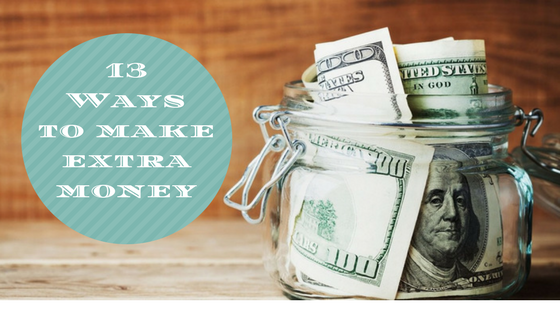


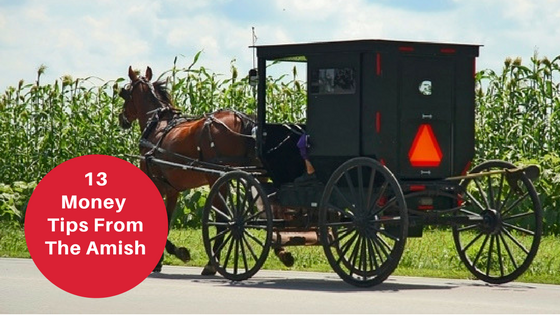


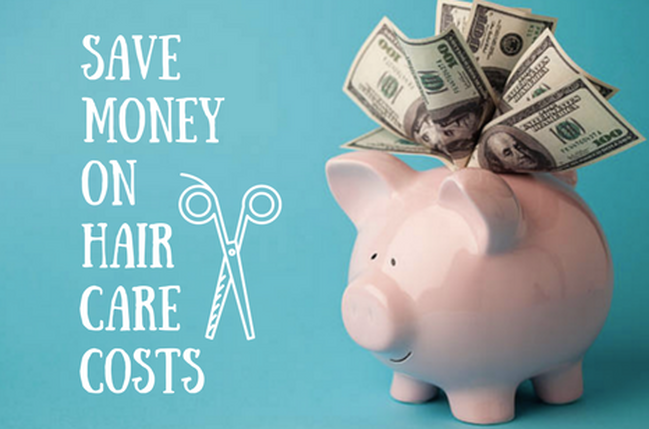

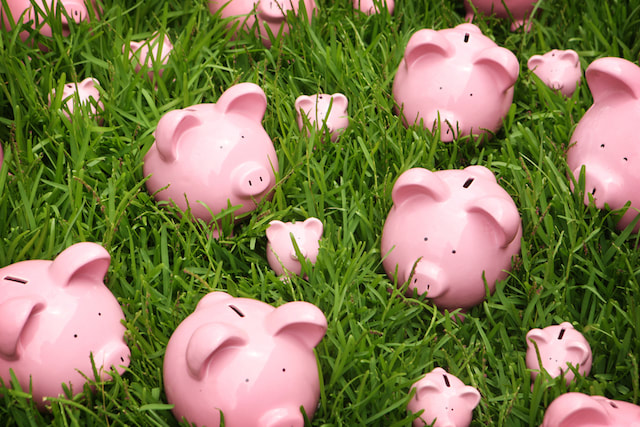



 RSS Feed
RSS Feed












